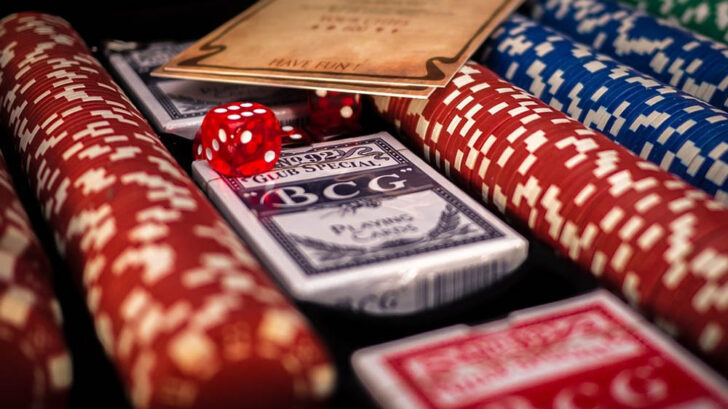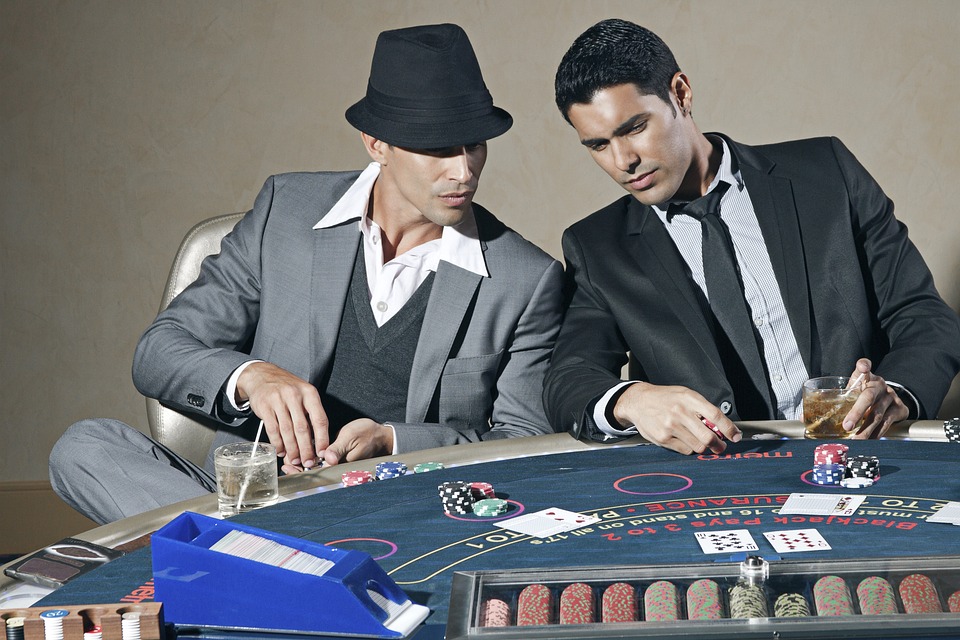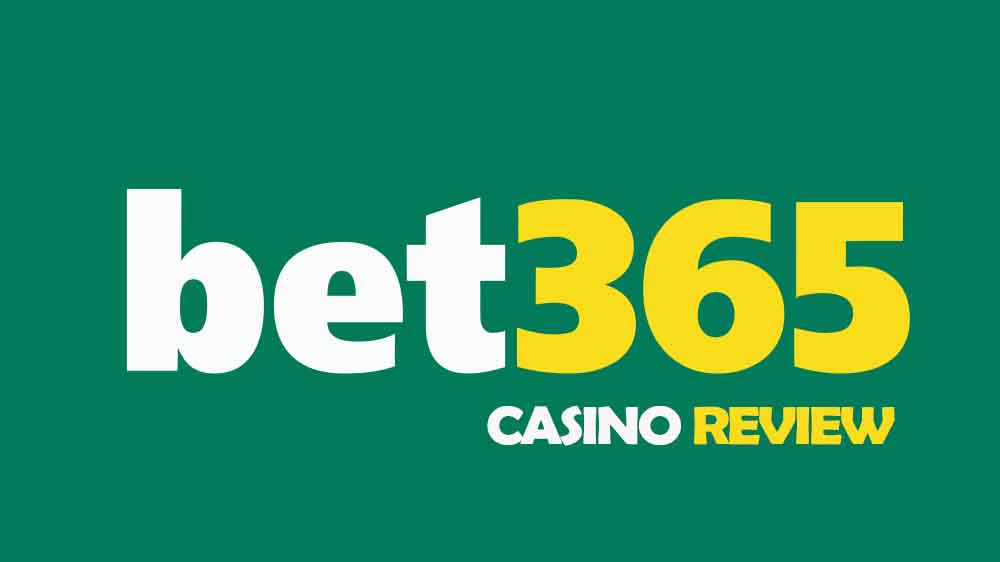Types of Blackjack – From Europe to the America’s

Of all the different types of blackjack, probably the very first historical mention of the game occurs in 1611 when we can find the term in a Spanish dictionary. The game we know and love today is actually descended from the Spanish game call “Ventiuno” or “21”. The famous author of Don Quite, Miguel de Cervantes makes mention of the game in one of his novellas. This is of no surprise, as the author was an avid gambler himself, as well as populating many of his stories with gamblers and card cheats.
Introduction: Types of Blackjack
It took a couple more 100 years for the game to make its way into French society. The game of choice was named the same, “21” or “Vingt-Un”. In fact, this French name was the one to stick, as the game traveled all over continental Europe, and then onto the United States. The French settlers bought the game to the New World in the 1800s. There the name changed to the present “blackjack”. The story of this change is attributed to the casino games industry and its efforts to publicize the game. During a countrywide casino promotion, a jack of spades or “blackjack” would pay out 10 x more. While we’re the first to admit that this is a cute story, there’s zero evidence to back it up. Never the less, the game’s popularity exploded during the gold rush.

Types of Blackjack: The Name
This leads to yet another name origins story. When the miners are searching for either gold or silver deposits, the presence of the mineral Sphalerite is a good indicator that those precious metals are near. So whenever a miner struck at this latter element, with its rich black color, he would holler out “blackjack”. We don’t believe this either. Today, many scholars suggest that this was then transcribed and used to denote the first and largest bonus during a game of 21. And thus the name blackjack made its way into the lexicon. Of course, today, the game enjoys many variants around the world.
When you go to a casino, you’ll probably be more than a little perplexed as to just how many, and what types of blackjack are on offer. But provided that you know and understand the basic rules of the game, then you should have no problem mastering any variant within a couple of hands being played.
How American Blackjack Works
Let’s take a look into the US rules for blackjack. Then we’ll take a trip around the globe to see how to win the jackpot along with some other rules and types of blackjack games. As we all know, in the US, the game starts with the dealer having 2 cards and the player, the same. Of the former, one card will be face up and the other face down. ace cards, like the Jack or Queen or King, have a value of 10 points, and aces have a value of 1 or 11. The player will continue to draw cards from the dealer until he either hits 21 or exceeds this number, in which case he is declared “bust”.
For example, you have a hand of a 5 and a 6, totaling 11. So, you ask the dealer for another card. You receive an ace. If we count the ace as “high”, then it would be valued at 11, meaning that your total would be 22, thus exceeding the 21. Therefore you’d be bust. If aces were being counted as “low”, then its value is just 1. You would have a combined total of 12. So in this case, you should draw again. If you were to draw a 5, then it might be best to “hold”, not receive any more cards in the hope that the dealer, playing in exactly the same manner, will go bust.
Types of Blackjack: When to Bust
Keep in mind that if you go bust, then your loss is automatic. Ideally, you want to draw enough cards to either hit or get close enough to 21. Once you and the other players have finished, then it’s the turn of the dealer. In the casino environment, the dealer must hit until he reaches 17, at which point he’ll “stick”. If the dealer happens to have a high ace then he can keep hitting and the ace will automatically turn into a low ace. Once the dealer has reached 17 or gone bust, then the game is over. So what are you betting on? Well, you’re betting on your hand being higher than the dealer without going bust. A blackjack is when you receive both an ace and a card with a value of 10.
Now, if the player receives a blackjack he will automatically win. The player will lose if he goes bust, and also lose if both he and the dealer both declare a bust. If you have a higher sum than the dealer, without going bust, then you win. If the player and the dealer end the round with the same cards, then that’s what’s called a “push” and you get will be returned to you.
Side Bets
Side bets are a way of adding some extra spiciness into the mix. On the blackjack table, next to the box where you’d normally place your wagers, there’s another designated box where you can place your side bets. Now, in some casinos, your side bets will need to either equal or be more than your regular bets. So you can’t go making huge side bets, without making equally huge bets on the actual game itself. We all know that blackjack enjoys a very low house edge. But keep in mind that your side bets, though a fun distraction, do have a considerably worse house edge.
Types of Blackjack: Spanish 21
This version of the classic game has a couple of important differences. The first biggie is that the game pays out a player’s blackjack at 3:2. That’s for any time you hit blackjack. Another change for the players’ benefit is “late surrender.” This occurs when the player fails to hit a blackjack, then they can surrender and receive half their stake back. Though both players get an initial 2 cards dealt, if the dealer gets a visible ace, then he’s allowed to take a peek under the hole card in order to see if they have a blackjack. Now, if the dealer gets a blackjack, then the game is automatically over (unless the player hits a blackjack as well, in which case they’ll get the 3:2 payout.

European Blackjack
The first major difference is that the European version of the game is played with 6 decks of cards. The US has between 1 to 8 decks. Also in the Euro version, the dealer only gets dealt an initial one face-up card to start the game with. The dealer will only deal himself with the second card once the player has completed their hand. The dealer cannot check for blackjack even if his face-up card is an ace. This stops the player from doubling down as he cannot know whether the dealer has a blackjack until the completion of the game.
Pontoon
Pontoon is another one of many types of blackjack that can be played without a dealer. Well, kinda. At the start of the game, then no player is the dealer. You have to draw a jack, and whoever does so will become the “banker”. Which is just another ways of saying “dealer”. An ace, a face card and a 10 are known as a pontoon. Just as in blackjack, the pontoon is the best hand you can receive. This hand is also known as a 5 card trick. Now the actual definition of a 5 card trick is any hand that has 5 cards but comes in at less than 21. A five-card trick will beat every other type of winning hand in pontoon.
The banker will always win a proportion of the winnings if he too has a hand equal to any player’s. In fact, in pontoon, the banker has a considerable advantage over the other players. And much more so than the dealer in standard American blackjack. If that’s too difficult for you, then we suggest playing jackpot bingo!
Perfect Pairs
Most people around the globe know of this blackjack variant. The game is exactly the same as a gamer of regular blackjack, with the exception, that in perfect pairs, there’s an automatic side bet. This side bet is whether the player will receive a pair as they’re first 2 cards. In the game, you can find 3 types of perfect pairs;
Two cards with the same number value. For example, two nines or two kings
Two cards with the same number value and color, like an ace of spades and an ace of clubs
A perfect pair where the two cards are identical with the same value and suit
















